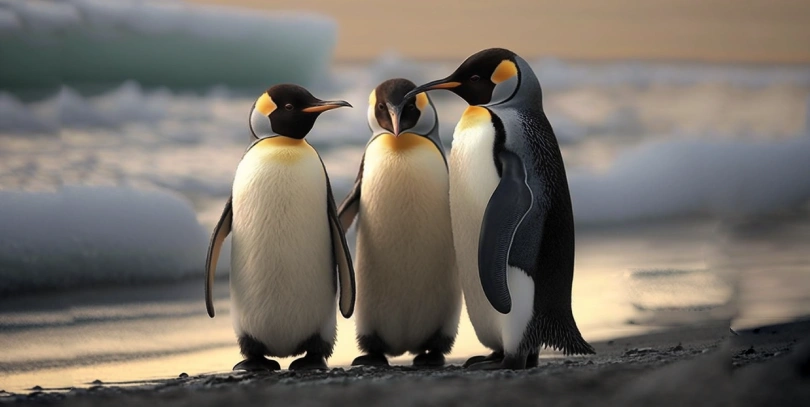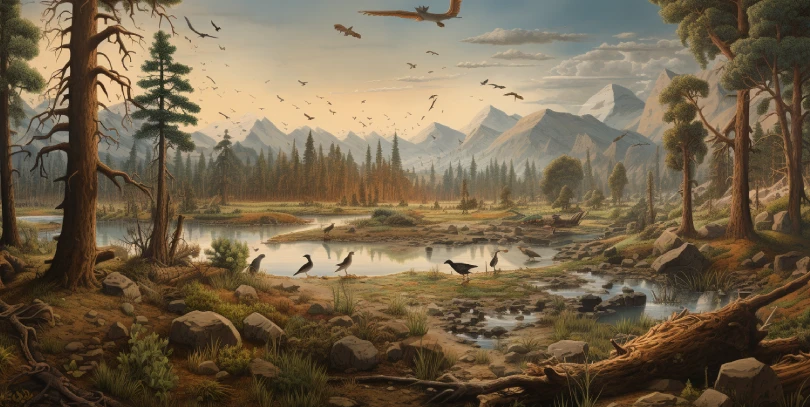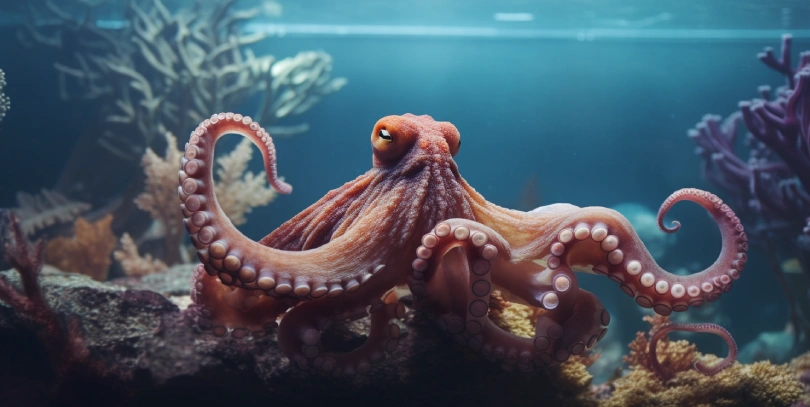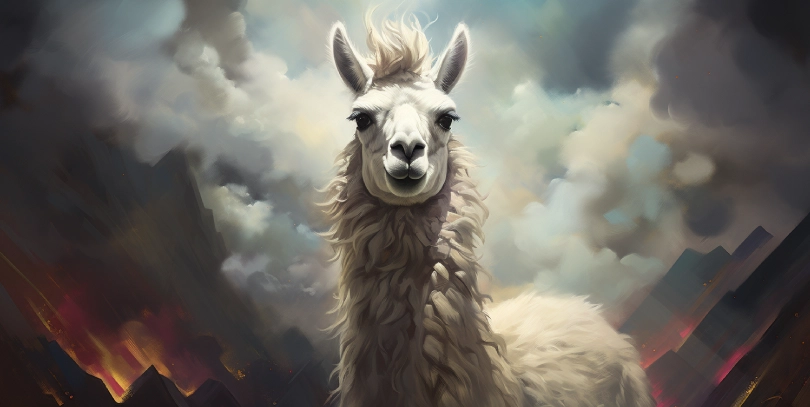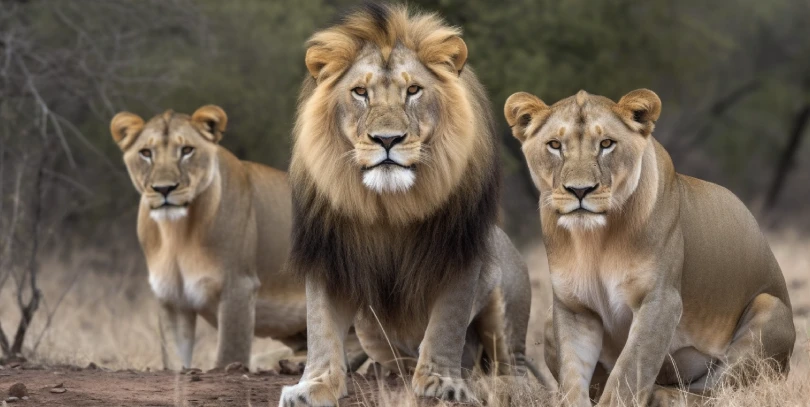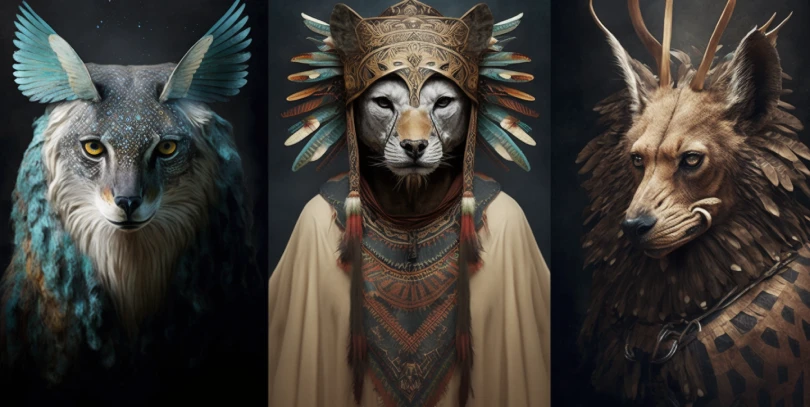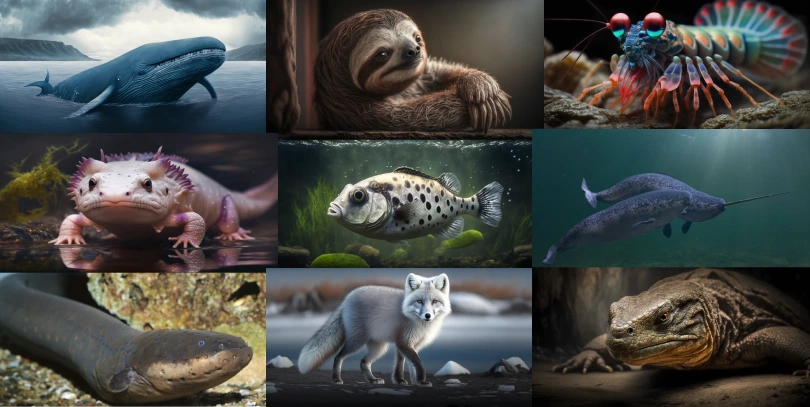Penguins are one of the most beloved animals in the world and for good reason! These curious creatures possess a range of physical characteristics as well as unique behaviors that make them an interesting species to learn about. Here are 15 fascinating facts about penguins – from their diverse habitats to their amazing adaptations and more.
- Penguins belong to the Spheniscidae bird family and there are 17 species. The majority of penguin species live in the Southern Hemisphere, where they can be found along the Antarctic coastlines, as well as in other colder climates like those of South America, Australia, New Zealand, and Africa. Penguins are also known to breed on isolated sub-Antarctic island chains such as the Falklands, Kerguelen Islands, Macquarie Island, and Heard Island.
- Penguins have evolved into aquatic animals, developing flipper-like wings which they use to propel themselves through the water at lightning-fast speeds up to 22 miles per hour (35 km/h). The fastest species such as Gentoo and King Penguins have been clocked swimming at this impressive speed!
- Despite their aquatic lifestyle, penguins still rely on air for insulation – their feathers are thick and dense, trapping layers of insulating air that help keep them warm during winter months in Antarctica.
- Penguins feed on krill, squid, fish, and other marine life by using their beaks to shoot jets of water onto unsuspecting prey. This technique is called hydroplaning!
- To stay warm during cold winter months in Antarctica, penguins will huddle together forming what’s known as a ‘tuxedo’ formation to conserve heat amongst members of the group.
- Emperor Penguins are the largest species of penguin, growing up to 4 feet tall (1.2 m) and weighing up to 90 pounds (40kg). Conversely, African Penguins are the smallest species measuring 28 inches (71 cm) tall and weighing only 4.4 pounds (2kg).
- As vocal animals, penguins communicate with one another using a variety of noises including cooing, braying, cackling, and trilling—each noise serving its purpose in communication with other members of their species or colonies!
- Penguin parents take turns incubating eggs while also feeding young chicks until they can fend for themselves; usually, both male and female partners share these tasks equally so neither partner is left too exhausted or hungry due to their responsibilities!
- While penguins spend most of their time on land near coastal areas or islands, they nestle away in oceans where food is abundant when it comes time for reproduction season.
- Some species of penguin have been known to live up to 20 years in the wild – though some lucky individuals have reached ages upwards of 30 years old!
- Unfortunately, several species around Antarctica have become endangered due to habitat loss caused by global warming as well as overfishing in waters where they hunt for food. This has made them an important symbol for conservation efforts all around the world!
- Scientists across multiple disciplines study different aspects of penguin biology ranging from behavioral traits like mating rituals down to cellular-level functions like organ repair mechanisms within their bodies!
- The famous March Of The Penguins documentary brought awareness about emperor breeding habits while highlighting many other interesting facts about this remarkable bird family – from how parents take turns caring for eggs under extreme conditions down to how adaptable members can be when it comes to finding food sources during migrations periods!
- Several countries use Adélie Penguin colonies as indicators for climate change as these birds tend to migrate further south if temperatures become too warm near their home nesting grounds – thus making them reliable sources when monitoring fluctuations year over year across different parts of geographies around Antarctica!
- Differentiating between males and females can be quite challenging since both sexes possess nearly identical plumage markings however experts suggest looking closely at size shape beaks since males tend larger ones while females generally have much smaller ones for comparison purposes identification purposes!
- In addition, bright colors adorning some subspecies like king Gentoo Adelie visual cues also play important role in protection against predators hiding out amongst snowy white tundra Antarctic regions hence why these particular ones tend to stand out above the rest of other varieties terms coloration features alone!
- Contrary to popular belief, not every single colony concentrated South Pole instead certain types divide groupings throughout warmer climates like the Falkland Islands of New Zealand whose residents prefer milder temperatures as opposed to cold found in polar regions worldwide meaning many live closer to the equator than originally thought before discovery process began centuries ago historical records indicate early explorers even encountered King Emperors mid-Atlantic Ocean islands now known Azores Madeira!
- Penguins exhibit some interesting social behavior as members within a colony form long friendships which last even when taking part in migration flights across different countries Antarctica south Pacific regions groups often stay together the entire journey regardless of whether departing winter breeding season returning summer feeding months thus forming bonds beyond what normally seen amongst other species wild nature!
- Although waddling around the water’s surface is known to be their primary means of movement they can swim incredibly fast rates reaching speeds up to 50 kilometers per hour while diving underwater to search food sources when necessary making them the fastest birds on the planet due to specialized adaptations such streamlined bodies webbed feet!
- Penguins have wings but they cannot fly through the air like most birds of prey do. Instead, they use their flippers to help them “fly” underwater where they are much more agile than on land or swimming around above water. This provides them with a major advantage when searching for food in the depths of the ocean!
- Penguins have an amazing sense of smell which they use to locate food sources in the ocean as well as detect predators on land. In addition, they have superior eyesight both above and below water making them incredibly efficient hunters when searching for prey!
- Penguins molt once a year replacing all of their feathers at one time to stay warm in colder climates. This molting process typically occurs in late summer or early fall with new feathers growing back about two months later!
- Penguins are social creatures who live together in colonies often consisting of thousands of members. Each colony is usually divided into smaller groups and will participate in activities such as mating, caring for chicks, and even playing together!
- Penguins are one of the few species of birds that mate for life staying with their partners until death do them part! Although they typically only lay two eggs at a time it is not uncommon for some couples to go on to have several different clutches throughout their lives with each parent taking turns incubating and caring for the young when hatched.
- Penguins exhibit unique courtship rituals during mating season which can involve displaying, vocalizations, posturing, and bowing among other behaviors believed to be used to attract potential mates!
These 30 facts about penguins provide a fascinating glimpse into the remarkable lives of these unique creatures that inhabit our planet. From learning about their diverse habitats and diets to discovering the unique adaptations that allow them to survive in some of the harshest environments on Earth, it’s clear that penguins are truly remarkable birds!
Sources:
